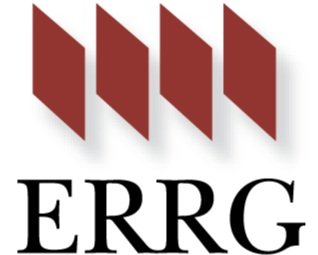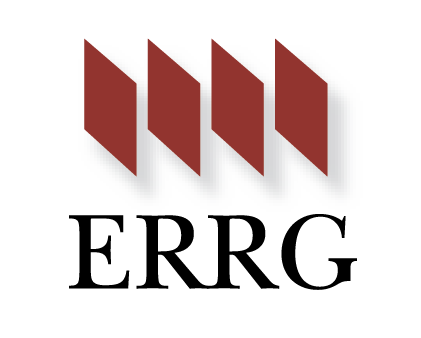Deactivation and Decommission of TA-46
Client: Los Alamos National Laboratory (LANL)
Project Overview: ERRG, under subcontract to an LANL prime contractor, was contracted to perform the deactivation and demolition (D&D) of two structures at the TA-46 site. ERRG performed room-to-room removal and packaging of universal wastes (light bulbs/tubes, PCB and non-PCB ballasts and fixtures) prior to demolition. Mercury switches were removed and carefully packaged for recycling. All pumps, motors, and other equipment were inspected and verified to be drained of oils / fluids or drained into waste containers provided by LANL. ERRG filled and weighed all waste containers for universal and regulated waste; the waste was placed in a designated staging area for disposition by LANL.
All construction and demolition (C&D) debris (cabinets, shelving, drop ceilings) were removed from the building prior to structure demolition. Metal for recycling was also segregated from the C&D debris during this process. A 4-ton chiller on the roof was rigged and lowered to the ground with a portable crane and transported for recycling. Mechanical equipment within the building was verified to be drained of all fluids and then damaged beyond repair so it could not be reused before shipping for metal recycling or disposal.
ERRG worked closely with the project team to remove the radiologically impacted materials and waste from within the facility. A commercially available fixative was applied on the surfaces inside fume hoods, ventilation ducting and other equipment to stabilize loose contamination and secure the radiological contamination to the surface. Once fixatives were applied, disassembly and packaging was conducted in accordance with the controls defined in the radiological work permit (RWP) and IWDs.
ERRG demolished the basement level on the east side, as well as the wing/retaining walls on either side of the basement entrance. Approximately 3,000 CY of backfill was then imported, placed, and compacted to fill the basement area and raise the working surface for demolition to the first-floor level. Once the top two floors and high bays were demolished, the remaining basement was demolished by laying back the soil around the basement walls at a 1.5:1 slope to gain access to demolish the walls, slab, and footers. Low level radiological waste lines embedded in the slab were removed following completion of all other demolition and deactivation components. All utilities were cut and capped 1 foot below grade and 5 feet outside the building footprint. Asphalt was sawcut with a clean edge prior to backfill.
Upon completion of all D&D, the basement area was backfilled and compacted in accordance with the earthmoving specification. The area was contoured, seeded, covered with ECP-3 Turf Reinforcement Mat (TRM), and a retention pond and weir were also constructed at the toe of the area. After final inspection and completion of punchlist items, fencing, trailers, and other equipment were demobilized and the site cleaned up prior to demobilization of personnel.
Distinctive/Unique Features: This was a highly complex project involving abatement, remediation, demolition and site restoration including low-level radioactive waste and mixed low-level radioactive waste material, asbestos, universal/regulated waste, and PCB wastes. The project included structural demolition of a nearly 30,000 square foot (SF) three-story laboratory building and a 140 SF storage building.
Challenges/Solutions: Initial waste characterization did not identify any potential asbestos-containing materials (ACM) on a boiler. During demolition, a rope-like material from inside the boiler was identified as potentially ACM. Demolition work was immediately stopped to allow for confirmation sampling, and the landfill where parts of the boiler had been taken was notified that the material may be hazardous. Sampling confirmed that the rope-like material was not ACM. Based on this experience, ERRG learned that simply sampling visible materials from a built system may not be adequate for identifying all potentially hazardous materials. In the future, ERRG worked with asbestos professionals to continuously evaluate potentially hazardous materials throughout demolition.
“Our project team has nothing but praise for the professional manner ERRG managers and personnel planned, executed, and completed the TA- 46-0001 D&D Project. Safety was always first. They completed the project way ahead of schedule, even with additional scope added. They stayed within budget and did it all safely, compliantly, and in a timely manner. They were awesome at communicating project status, scheduling, costs, any safety, waste, or environmental questions or concerns. Any potential issues were able to be dealt with ahead of time so the project moved along seamlessly. To summarize, ERRG was a pleasure to work with and a model we wish all our subcontractors were like. They are an asset to any project you involve them in.”





